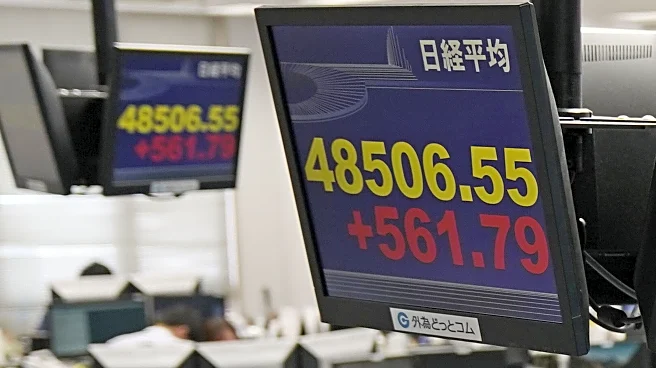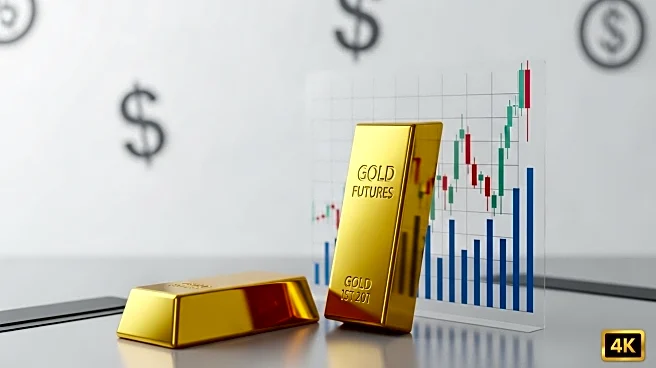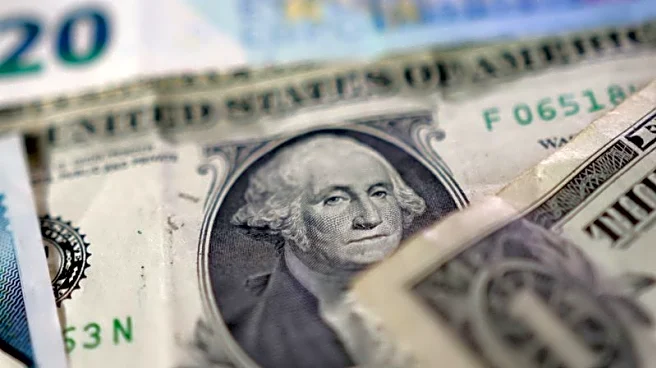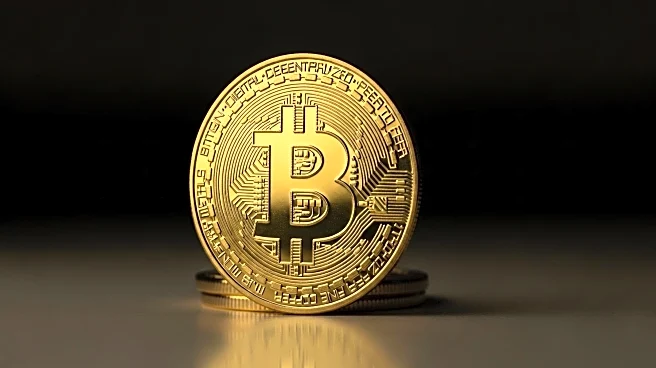What's Happening?
Intel, once a leading figure in the semiconductor industry, is facing challenges from competitors like Nvidia, AMD, and Taiwan Semiconductor. The article explores the potential consequences of Intel's decline on the precious metals market, questioning whether a collapse would drive investors towards gold and silver. Historically, the assumption that metals automatically rise when tech giants falter is not consistently supported by data. The relationship between equity selloffs and metals is complex, with metals often initially dropping during market panics before stabilizing.
Why It's Important?
Intel's decline could symbolize broader issues in U.S. tech competitiveness, potentially affecting investor confidence in American innovation. If Intel's struggles are seen as indicative of larger economic problems, it could lead to increased interest in safe-haven assets like precious metals. However, the impact on metals would depend on broader economic conditions, including Federal Reserve policies and global market dynamics. Investors should focus on underlying factors like real yields, dollar strength, and inflation expectations, which have a more consistent impact on metals than the fortunes of a single company.
What's Next?
If Intel's decline is perceived as a sign of broader economic weakness, it could trigger a shift in investor behavior, with increased interest in safe-haven assets. The Federal Reserve's monetary policy will play a crucial role in shaping market reactions. In a tight monetary environment, higher yields and a strong dollar could suppress gold and silver prices, while a looser policy could support metals. Investors should monitor central bank decisions and macroeconomic indicators to understand potential market shifts.
Beyond the Headlines
Intel's potential collapse could feed into narratives of U.S. industrial weakness and geopolitical vulnerability in tech supply chains. These narratives might indirectly support precious metals, but they would be riding on macroeconomic waves rather than creating them. The broader context, including Fed policy and global confidence in U.S. markets, will determine the real impact on metals.












